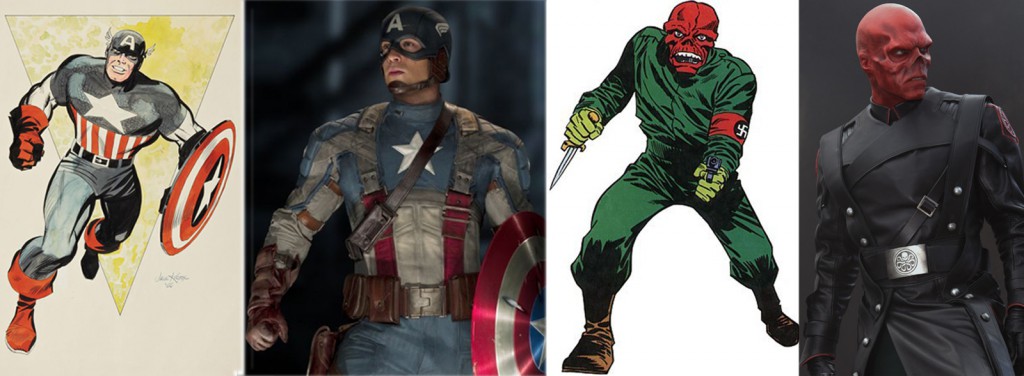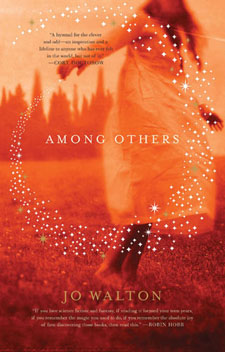A Review of Master of Devils
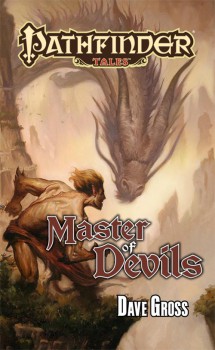 Master of Devils
Master of Devils
Dave Gross
Paizo Publishing (400 pp, $9.99, August 2011)
Reviewed by Bill Ward
Pathfinder’s new line of novels are making a good impression among fantasy readers, accessible as they are to fans of Paizo’s game world and the uninitiated alike. If you are not familiar with Pathfinder it is essentially Dungeons & Dragons 3.5, but with its own world that differs from existing D&D settings in various ways both large and small. The world of Golarion itself actually predates Pathfinder as a game system, and the wealth of detail and world-building that have gone into making it a fully-fleshed environment is impressive. And, while there are scads of Pathfinder supplements available at the time of this writing, the fiction end of things for Golarion is just getting started — Master of Devils representing the fifth novel set in the Pathfinder world.
Dave Gross has quickly distinguished himself as the go-to guy for Pathfinder fiction (be sure to check out Black Gate’s interview with him), having written two novels and co-written another, as well as having penned numerous Pathfinder Tales short stories available free at Paizo’s website, he has been fairly prolific. Gross’s signature characters are the adventuring duo Count Varian Jeggare and his bodyguard Radovan, a classically counter-balanced odd couple whose tales are told in alternating first person segments, allowing for the voice of the characters to emerge in interesting ways.
Master of Devils sees the pair in Tian Xia, Golarion’s equivalent of a politically-fragmented Ancient China, a realm as mysterious to the inhabitants of the continent of Avistan, from which Jeggare and Radovan hail, as it is to fans of the Pathfinder game, which has produced very little material on Tian Xia. Gross shows what he can do with this blank slate and admirably fills the gaps in the Pathfinder record with all manner of appealing details that bring the realm of the far east to life.
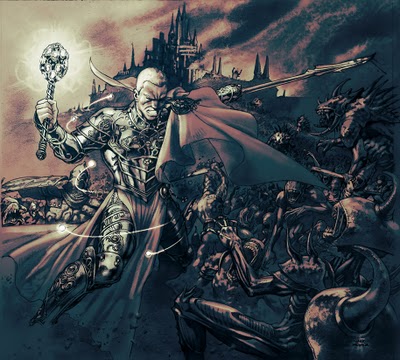
 Rise of the Planet of the Apes (2011)
Rise of the Planet of the Apes (2011) The force is strong with this one, it seems. Yes, that’s my beloved son, taking his first steps toward a larger, more gamer-filled world, as he becomes a temporary apprentice to Lord Vader. (Don’t ask me why the Rebel Alliance officer is standing near them. It just doesn’t fit continuity!)
The force is strong with this one, it seems. Yes, that’s my beloved son, taking his first steps toward a larger, more gamer-filled world, as he becomes a temporary apprentice to Lord Vader. (Don’t ask me why the Rebel Alliance officer is standing near them. It just doesn’t fit continuity!)
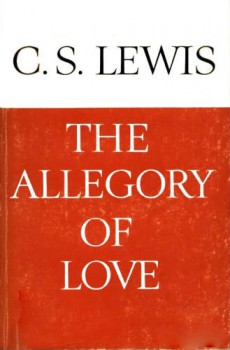

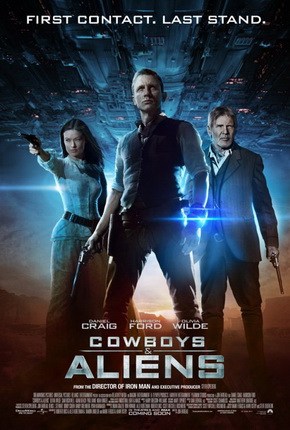 Cowboys & Aliens (2011)
Cowboys & Aliens (2011)